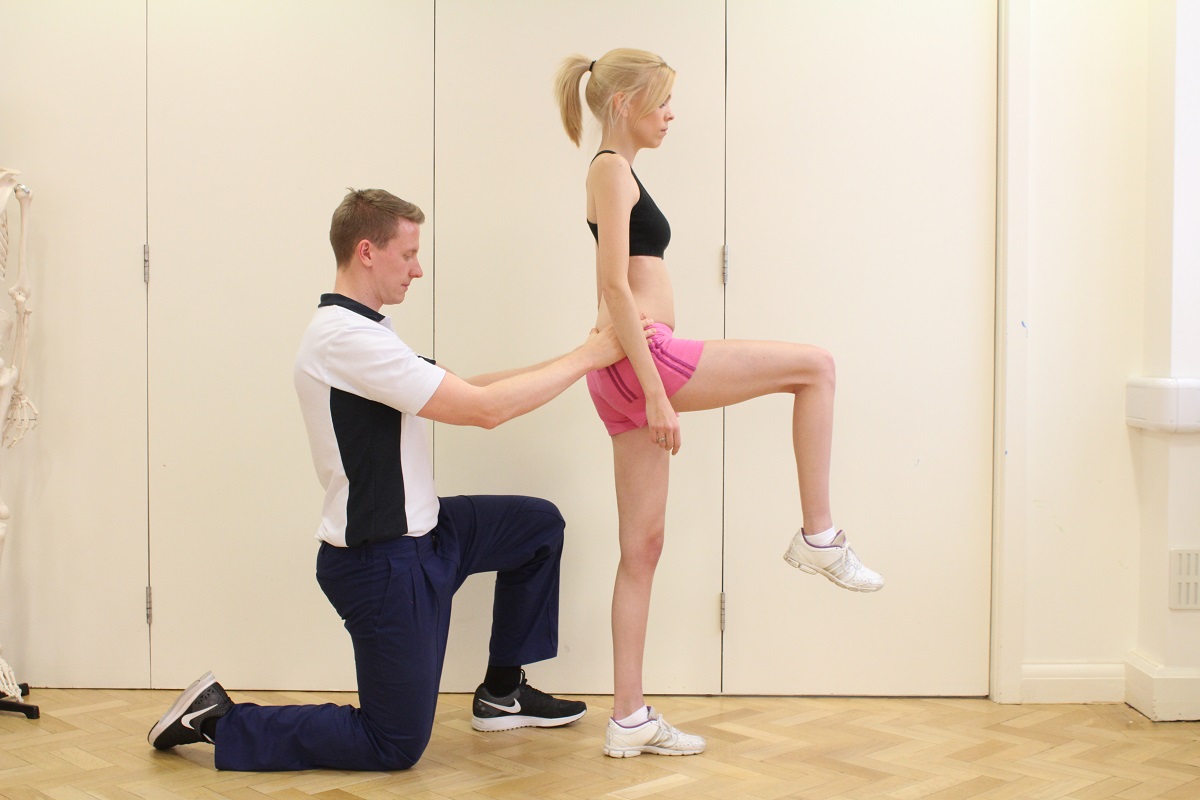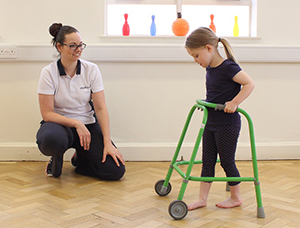A post event massage is performed after intense training or competition as part of the recovery process.
Post event massage involves the application of a range of massage techniques to assist recovery from activity. Post event massage can be performed from 30 minutes up to 48 hours after intense exercise. Post event massage aims to increase the body's rate of recovery by reducing inflammation in the muscles. Post event massage also aims to increase vascular and lymphatic activity, aiding the body's natural process of removing waste products after exercise, such as lactic acid. Lactic acid is produced in the muscles during exercise and contributes towards delayed onset muscle soreness, fatigue and stiffness.
By using a range of post event massage techniques the body can flush out waste products and decrease inflammation, allowing a faster recovery and a quicker resumption of training. Massage therapists at Manchester Physio provide massage therapy services following events to treat a range of conditions.
What types of massage are mainly used post event?
At Manchester Physio our massage therapists use a variety of techniques for a post event massage. Common techniques used post event include: With post event massage, effleurage and kneading are the key techniques. Light pressure techniques should be performed to the muscles to begin a post event massage. An assessment of whether the athlete has muscle damage should be done before deeper pressure is applied. Effleurage is performed in an upwards direction to enhance venous return. Venous return is the volume of blood returning back to the heart.

Effleurage also encourages lymphatic drainage. Lymphatic drainage is the body's process of draining out waste products. After exercise waste products such as lactic acid can build up in the muscles. Lactic acid can cause discomfort, fatigue and severe muscle soreness if not flushed out the body. Another technique used for post event massage is myofascial release. Myofascial release works to release tension built up from exercise, decrease inflammation and reduce pain. A range of post event massage techniques are used to treat muscles in the immediate recovery stage but can also have a long term effect by preventing muscle injuries.
 Above: Post event massage targeting vastus lateralis muscle and illio-tibial band
Above: Post event massage targeting vastus lateralis muscle and illio-tibial bandWhat are the benefits of post event massage?
Massage post event has many benefits. The benefits of massage post event include:
- Prevent and reduced delayed muscle onset soreness
- Decreased pain
- Improved recovery
- Reduced chance of injury
Post event massage is beneficial to prevent and reduce the symptoms of delayed onset muscle soreness. Post event massage reduces inflammation and helps to prevent delayed onset muscle soreness which occurs within 24-48 hours after exercise. Delayed onset muscle soreness is the result of microscopic tearing of muscle fibers. Tearing can be associated with inflammation in the muscle which produces pain. Post event massage uses a range of massage techniques to allow for a quicker recovery and a faster return to training without soreness or stiffness.
Another benefit of post event massage is decreasing pain. Exercise can cause chronically tight muscles and loss of flexibility. Lack of flexibility can link to muscle soreness and be prone to muscle pulls and tears. Blood flow is reduced through tight muscles causing inflammation and pain. Regular massage after exercise is effective in relieving and preventing effects of exercised muscles.
Post event massage is also beneficial to improving recovery. Post event massage is focused upon recovery, allowing people participating in exercise to continue training and reducing the chance of injury. Post event massage helps improve recovery by increasing the repair of damaged cells in the muscles and flushing out waste products.
Post event massage is effective to be used to reduce the chance of injury. Post event massage helps in the recovery of muscles and soft tissues in after exercise. Post event massage helps to prevent and reduce the chance of injury by flushing out waste products, relieving tightness and maintaining flexibility.
 Above: Trigger point massage of lower trapezius a dn erector spinae as part of post event treatment
Above: Trigger point massage of lower trapezius a dn erector spinae as part of post event treatmentHow does post event massage help?
Post event massage helps by flushing out waste products, stimulating the body's healing process and relieving tightness.
Post event massage helps to flush out waste products and toxins out of the body. Post massage is performed immediately after exercise. When muscles are working hard during exercise, the body produces high levels of lactic acid. When the body produces a high amount of lactic acid it cannot be removed from the muscles quickly enough. Lactic acid is considered of the cause of fatigue during exercise and post exercise muscle soreness. Lymph flow is part of the lymphatic system which is used to drain out waste products such as lactic acid in the body Effleurage, which is a post event massage technique, is used to transport lymph flow in an upwards direction to drain out toxins.
Post event massage also helps to increase the healing process of damaged tissues. Massage increases fresh blood to an affected area delivering more oxygen and nutrients. Oxygen and nutrients help repair and heal damaged tissues or muscle fibres. Receiving a massage after exercise prevents symptoms of delayed onset muscle soreness.
Post event massage helps to relieve tightness in the muscles. Muscles become tight for many reasons. Muscles tighten after exercise, after repetitive motion or long periods of inactivity. Massage helps reduce tight muscles by increasing temperature of soft tissues and promoting relaxation. A relaxation response produces inhibitory messages from the nervous system. Inhibitory messages produce an opposite effect from excitatory messages. Inhibitory messages send relaxing messages to the muscles that decreases tone.
Summary
Post event massage is performed after training or competition as part of the recovery process. Post event massage can use a range of massage techniques to contribute to a quicker recovery and a faster return to training. Post event massage helps prevent and reduce symptoms of delayed muscle onset soreness which occurs within two days after exercise. Delayed onset muscles soreness can be associated with inflammation, chronic pain, stiffness and muscle fatigue. Post event massage is important to people participating in exercise to continue further training and reducing the chance of injury. Massage therapists at Manchester Physio provide massage therapy services following events to treat a range of conditions.
How can I arrange a post event massage?
To arrange a post event massage at Manchester Physio, email us at office@manchesterphysio.co.uk or call 0161 883 0077.



 0161 883 0077
0161 883 0077















































 f
f






